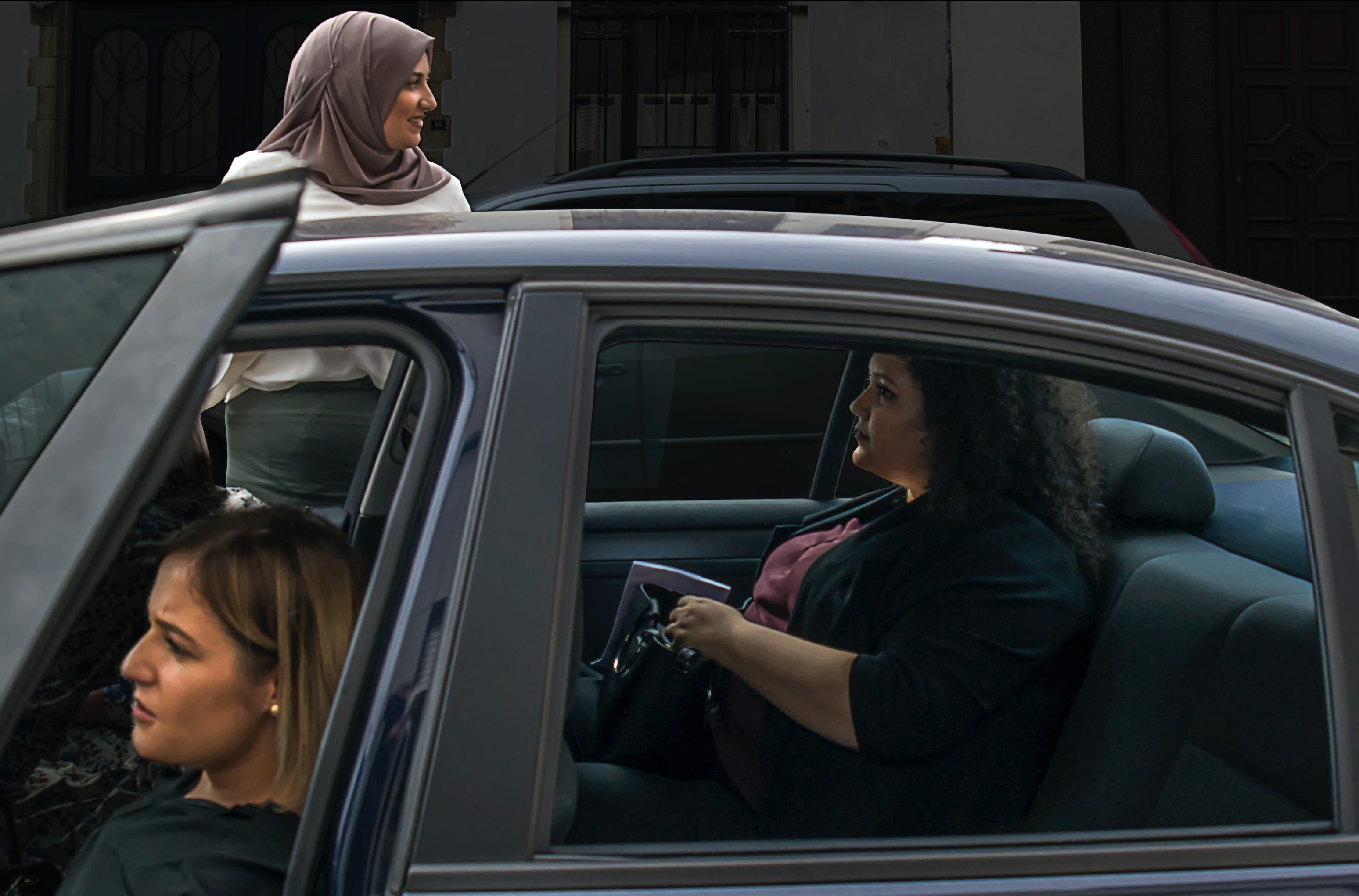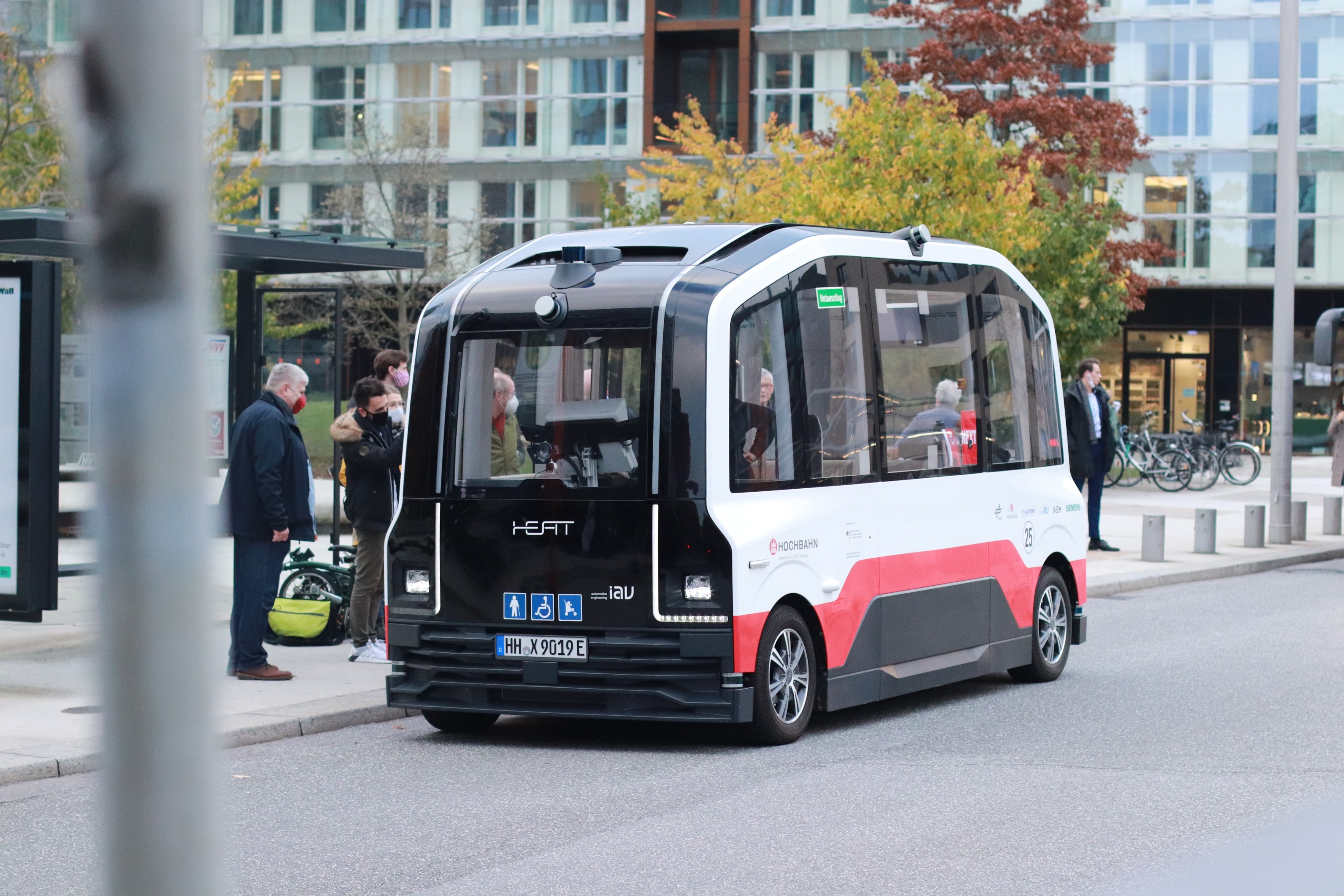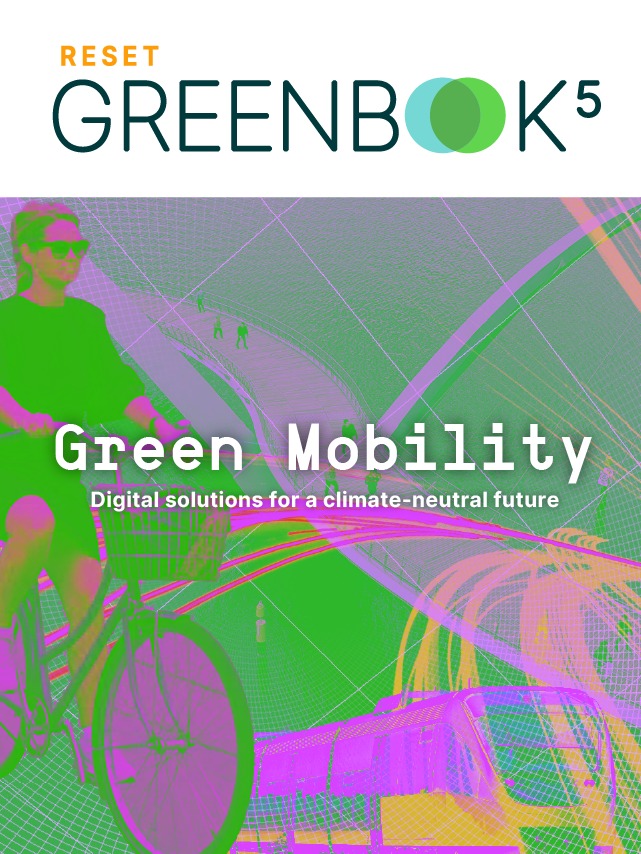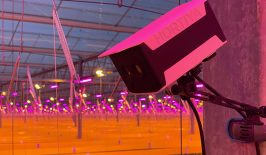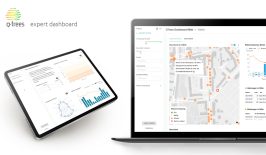Autonomous driving is all the rage. Well-known companies like Tesla, Nvidia, and Uber are all racing to get their cars on the road — but cars aren’t the only application of this technology.
There are many good reasons to continue to invest in this technology. Autonomous vehicles can reduce drivers’ stress and can allow for the journey and the car, in general, to be used for more purposes, such as working or sleeping during travel time. They also provide independent mobility for people who, for whatever reason, can’t drive. Improving mobility for those who otherwise have trouble getting around can have a knock-on effect on their employment, access to healthcare and dependency on family members and friends.
What is autonomous driving?
The aim of autonomous driving is to transfer at least some of the responsibility for the physical operation of vehicles from the human to specially-trained machines. There are six levels of automation — the so-called SAE levels:
- Level 0: No driving automation
- Level 1: Driver assistance
- Level 2: Partial driving automation
- Level 3: Conditional driving automation
- Level 4: High driving automation
- Level 5: Full driving automation
However, due to legal and insurance risks, the chance of seeing a fifth-level autonomous vehicle on the road is still a long way away.
Are they sustainable?
But, from an ecological standpoint, having roads filled with individual autonomous cars isn’t a great improvement from where we currently stand. In fact, autonomous cars are estimated to reduce fuel consumption by about 15-20 percent. While this might sound like a big reduction, it’s worth keeping in mind that in 2019 alone, cars were responsible for around 164 million tons of greenhouse gasses and account for 61 percent of total CO2 emissions from EU road transport. So, cars are not sustainable, whether they’re automated or not.
However, as soon as we add more passengers to any ride, emissions per passenger are drastically reduced. Increased occupancy is a major factor for higher efficiency of mobility, accounting for about 70-90 percent of observed greenhouse gas emissions. By sharing a car, autonomous or not, we drastically improve the environmental impact of our journey.
So, what if autonomous vehicles were implemented in public transport instead of privately owned cars? While autonomous driving as a technology is still in the development phase, the idea of autonomous or automated shuttles is already taking shape in various pilot projects. These projects intend to test the potential and possible hurdles of the technology and the overall viability of autonomous vehicles in public transport.
Be_automateD — Evaluating the true cost
The project “Be_automateD”, for example, is developing a model for automated shuttle buses. Based on open data, the evaluation model compares infrastructure costs with the potential benefits of new bus routes. The infrastructure costs are based on a comprehensive analysis of open data for the area under consideration in the German city of Köthen. What stands out is that not only the economic impact of new development areas is examined, but also their impact on climate change and air pollution. This means the project is positioned to get a more holistic cost-benefit ratio of public transport routes while also contributing to the green revolution in the mobility sector. By providing a detailed analysis of the local infrastructure, it is also contributing to the digital upgrades necessary for the rollout of automated and autonomous systems in public transport.
SMO-II — Artificial intelligence will take care of you
Taking automation to new levels is recently launched project “SMO-II” in Germany. Their mission is to automate as many processes relating to mobility as possible, with the help of artificial intelligence and other technologies with the use of innovative shuttles. The project centres around achieving SAE level 4 of automation, as well as improving passenger care. A control centre will monitor the shuttle remotely, teleoperating the vehicles if sensors and manoeuvres aren’t advanced enough yet. The shuttle is intended to master all requirements of passenger demand, even in difficult weather conditions.
Mobil 2040 — How can this work?
Another project is a review of the technical feasibility of automated shuttles for the district Oberhavel in the German federal state of Brandenburg. The shuttle project is part of a bigger public transport and mobility concept (Oberhavel – Mobil 2040) which also seeks to identify an integrated mobility concept for the city. The project is based on an intensive analysis of today’s public transport. To test the viability of the core route, information about traffic rules, density and infrastructure was meticulously documented and evaluated to record which infrastructural and traffic-related challenges the shuttle might face. This data was combined with knowledge about the current use of public transport to find routes where a shuttle could already be implemented.
The project also uncovered some hurdles: what currently stands in the way of automating certain routes is high traffic density, narrow roads, too many traffic lights or cars parking in no-stop zones due to unclear signage.
It also became apparent that legal (exemption) approval is essential to be able to drive on public roads without drivers. Other parameters playing a big role in projects like these are the requirements for stops, drafting of new timetables, options for on-demand deployment, liability, and insurance, maintenance, energy management and a safe place for overnight storage of the vehicles.
Green Mobility – Digital solutions for a climate-neutral future
Autonomous vehicles, e-mobility, AI-controlled traffic planning, new modes for moving from A to B — what will the mobility of tomorrow look like?
We present the digital solutions being proposed for climate-neutral transport and logistics and discuss the new challenges of “digital mobility” in this dedicated special feature.
The challenges at play
There are many more autonomous and automated shuttle projects worldwide, like SHOW (SHared automation Operating models for Worldwide adoption), which is involved in over 20 cities across Europe, as well as the ULTIMO project, active in three European cities. While these projects are laying the groundwork for large-scale implementation, they are still a long way from a regular operation. There are numerous challenges being unearthed constantly. Pilot tests on public roads are subject to a wide range of requirements, and the approval process is lengthy and expensive. Shuttles that are currently in use as direct connections to more distant stations can only be tested with highly complex individual approvals. Nevertheless, these pilot projects are crucial to furthering this technology and creating local awareness of these services. As the demographics are shifting, older people in particular are showing great interest as this offer has a lot of potential to increase personal local mobility.
What needs to change?
Sadly, there are still currently no reliable impact assessments for services like these. Both the resource and energy requirements are still unclear, and we can’t gauge yet, if and how this will positively impact the current distribution of traffic. As with regular on-demand shuttle transport, the potential is there, but its realization depends on favourable legal and financial framework conditions. This, yet again, demands fundamental amendments to the current rules and laws. Additionally, it requires standardized approval procedures as well as priority on public roads, which corresponds with amendments to Road Traffic Acts.
It’s quite obvious that autonomous or automated shuttles have a long way to go. There are many legal, financial, and structural hurdles standing in the way of a self-driving public transport system. But as the Teslas, Nvidias, and Ubers are working on revolutionizing the private car sector, projects like Be_automateD or SMO-II are laying the technological groundwork for autonomous public transport to take off as soon as the financial and legal frameworks allow it to. As interconnectivity can be considered a major factor to increase the safety and efficiency of autonomous transportation, there will be a tipping point. A critical mass of autonomous vehicles can open the door for publicly accessible services to follow.
And just like regular shuttles, autonomous shuttles could be — if put in the right places — another step closer to a future away from gas-guzzling cars.

